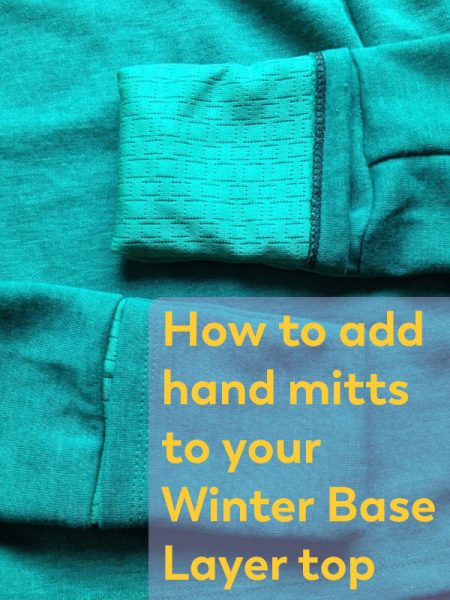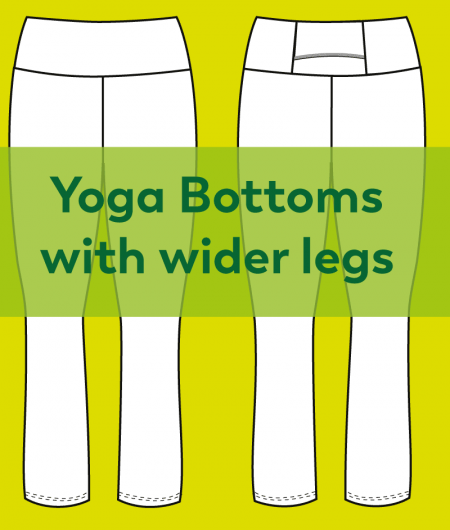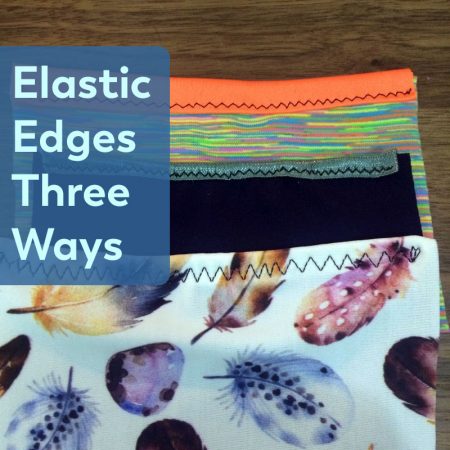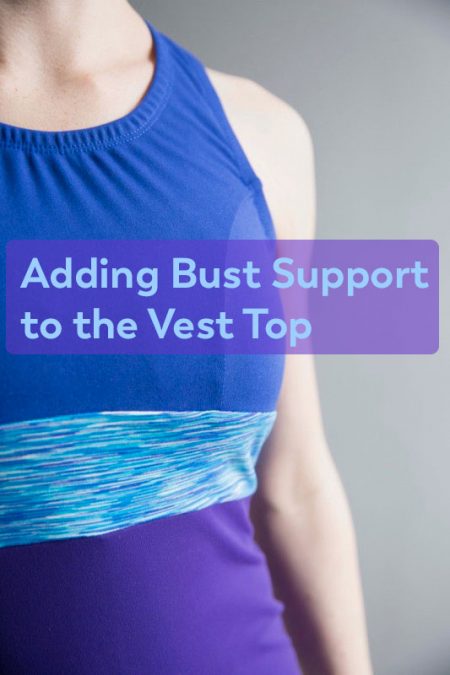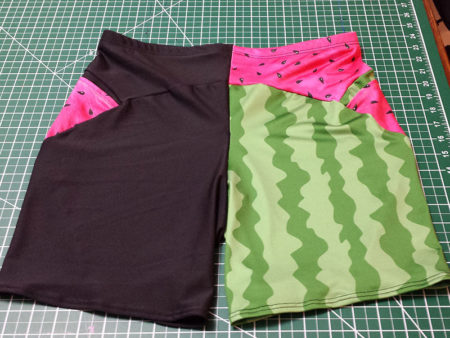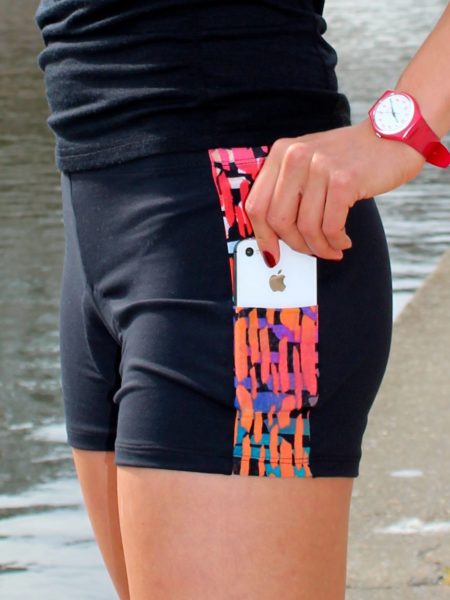One of my favourite things about the block-based approach to the designs in my “Sew Your Own Activewear” book is that you can use just about any block patterns as your starting point – not just the ones I’ve included in the book.
As I say on page 16, “The included blocks are designed for women in the sizes shown in these size charts, but if you’re not a woman or your body doesn’t match any of the measurements in the size charts, using your own block means that these designs could work for children, men, disabled people, trans people and non-binary folks, those who prefer modest clothing and those whose measurements are beyond the size range here. There really is no limit: if you’ve got a body, you can exercise, and if you can sew, you can make activewear.”
It’s one thing for me to say all of this, but it’s another entirely for me to show you. So today I’m going to show you how to take my men’s leggings pattern, the Lightspeed Leggings, and use them as the starting point for the Active Leggings in my book. (Scroll down for a discount code for the Lightspeed Leggings, too!!)


